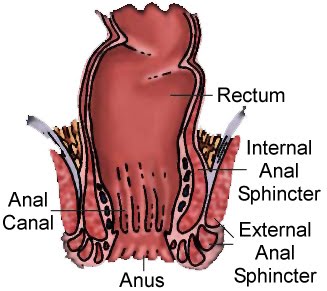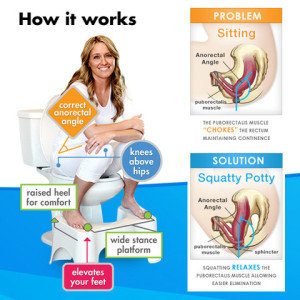Number 2: how does it work?
Everybody goes to the loo (even princess!), but do you know how does it work? How does your body can on command hold on for hours and empty when the appropriate time appears?Continence
First let’s see why we are not force to wear diaper and we can wait more than 5 minutes to go to the loo. Put in other words, how does continence work? Continence is possible through two different systems:- Rectum is the end of the digestive tract and the final container
- Sphincter muscles composed of sphincter ani (internus and externus) and levator ani enable a complete closure of the anus

- You can go to the loo. External sphincter is voluntarily relaxes triggering a complete emptying.
- You can’t go to the loo. A voluntary contraction of external sphincter for a minute will give time to the rectum to adapt to the new volume and stretch its wall. The need to go consequently disappear and the internal sphincter is engaged again
Defecation

- When sitting or even better squatting, the rectum is aligned with the anus
- It also relaxes both levator ani and external anal sphincter muscles
- Consequently, faces can be easily eliminated
- At the end of defecation, a rapid contraction of levator ani and external anal sphincter muscles close the angle between rectum and anus



